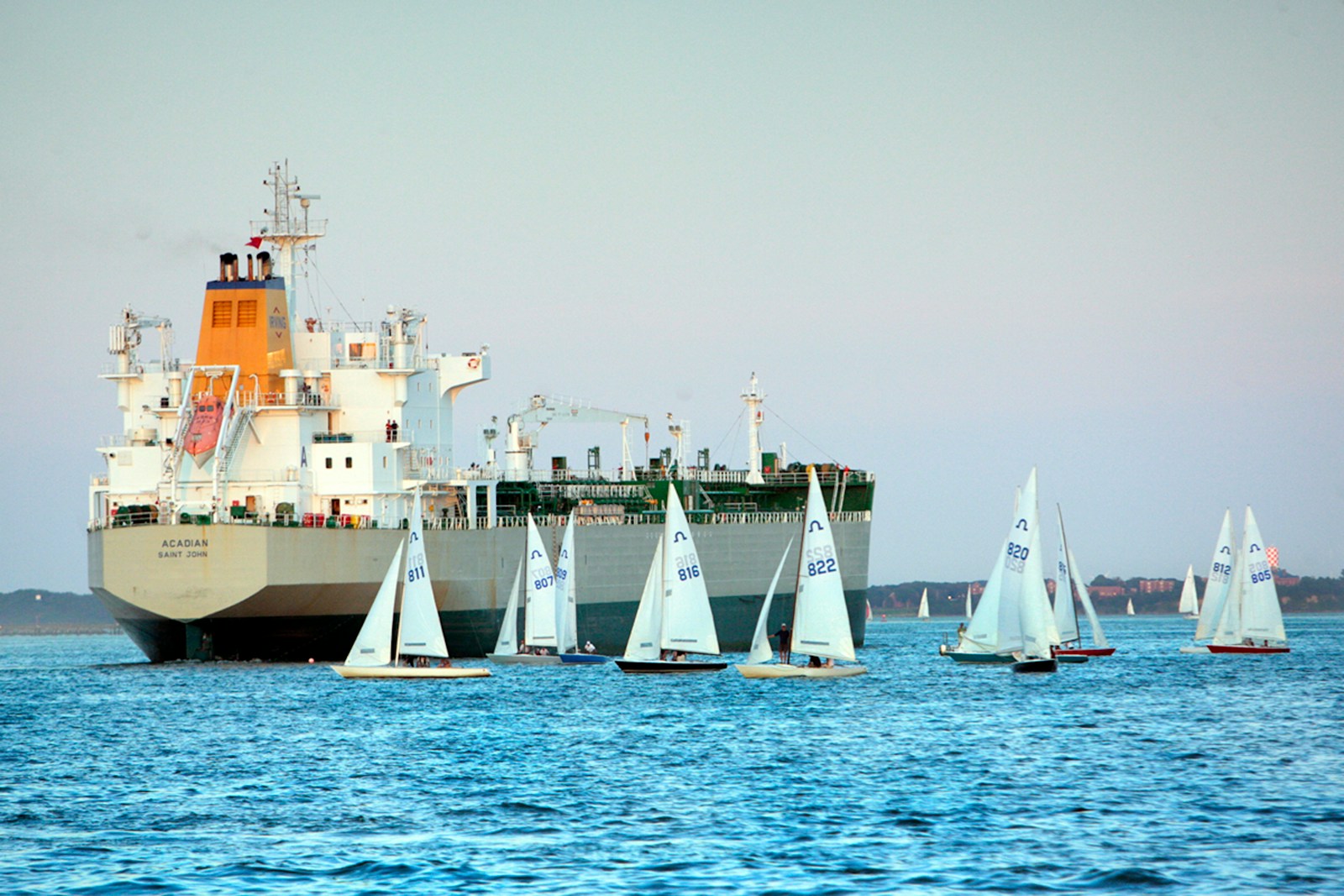Maritime Fleet Loan
The Maritime Fleet Loan Plan is designed for businesses and consortia seeking to acquire, upgrade, or expand fleets of vessels. Shipping remains the backbone of global trade, transporting over 80% of goods by volume. The maritime sector also covers passenger ferries, offshore supply vessels, fishing fleets, and energy transport tankers, all of which require heavy upfront investment and long-term financing.
This loan product empowers companies to strengthen logistics, expand international routes, modernize fleets with eco-friendly vessels, and remain competitive in an increasingly regulated and environmentally conscious industry.
Denominated in United States Dollars (USD), the Maritime Fleet Loan Plan ensures alignment with international shipping contracts, marine insurers, and global suppliers of shipbuilding and repair services.

2. Eligibility Criteria
Borrowers must show strong maritime competence and financial discipline.
Borrower Profile:
Shipping companies (cargo, container, bulk).
Passenger ferry operators.
Offshore oil & gas service providers.
Fishing fleet operators.
Maritime logistics companies.
Requirements:
Valid international maritime licenses.
Compliance with IMO (International Maritime Organization) safety and environmental regulations.
Business plan detailing fleet expansion, route coverage, and projected revenue.
Clean safety, tax, and compliance record.
Audited financial statements and operational history.
3. Loan Structure and Terms
The plan is structured to balance capital intensity with predictable repayment.
Repayment Interval: Quarterly or semi-annual, aligned with shipping revenue cycles.
Tenor: Long-term (7–12 years), reflecting the lifecycle of vessels.
Repayment Model: Grace period during shipbuilding or retrofitting, followed by declining balance amortization.
Application Fees: Combination of fixed and percentage-based charges.
Penalty Framework: Grace period for missed payments; thereafter, both fixed and interest-based penalties apply.
4. Repayment Analysis (Illustrative)
Shipping revenues are cyclical and often seasonal. To accommodate this:
Construction/Delivery Phase: Borrowers pay interest only until ships are delivered.
Operational Phase: Full repayments begin once vessels are deployed into service.
Revenue-Linked Repayments: Repayment schedules can align with charter contracts or freight cycles.
This ensures repayment obligations remain sustainable, even in volatile global shipping markets.
5. Use Cases / Practical Scenarios
Cargo Fleet Expansion
Acquisition of new container ships to serve growing Asia–Africa trade routes.
Passenger Ferries
Financing modern, safe ferries for inter-island and coastal transport.
Fishing Fleet Upgrade
Replacing aging vessels with modern, fuel-efficient trawlers.
Energy Transport Vessels
Loans for oil tankers, LNG carriers, or offshore supply vessels.
Eco-Friendly Shipping
Retrofitting existing ships with low-emission engines and green technologies to meet IMO 2050 climate targets.
6. Benefits
Large-Scale Capital Access: Supports acquisition or retrofitting of vessels.
Extended Tenor: Long repayment periods that match vessel lifecycles.
USD Denomination: Matches global shipping contracts and marine finance standards.
Grace Periods: Reduce stress during vessel construction or retrofitting.
Global Credibility: Enhances borrower reputation with suppliers, insurers, and port authorities.
7. Risks & Considerations
Market Volatility: Global freight rates fluctuate, affecting revenue.
Operational Risks: Accidents, piracy, or equipment failures.
Regulatory Risks: Stricter environmental and safety regulations may demand additional compliance costs.
Currency Risks: Local revenue vs. USD repayments must be managed.
Collateral Risks: Vessels are often pledged as collateral and may be repossessed in case of default.
8. Regulatory and Compliance Aspects
Borrowers must maintain:
IMO compliance with MARPOL (pollution) and SOLAS (safety) conventions.
Proper vessel registration and insurance coverage.
Annual audited financial statements.
Transparent ownership structures, to avoid sanctions and illicit trade risks.
LendRoam ensures:
Due diligence on vessel builders, insurers, and operators.
Release of loan funds tied to shipbuilding milestones or delivery schedules.
ESG monitoring for green compliance in maritime operations.
9. Case Study (Hypothetical Example)
Business: OceanLink Shipping Ltd.
Project: Expansion of container fleet to serve Africa–Europe routes.Loan Usage: Acquisition of three modern container ships and retrofitting of two older vessels.
Impact: Cargo capacity increased by 65%, CO₂ emissions reduced by 30%, new jobs created in ports and logistics chains.
Repayment: Semi-annual repayments tied to long-term charter contracts with global exporters.
10. Conclusion
The Maritime Fleet Loan Plan is a specialized financing product that enables shipping companies and operators to expand, modernize, and compete globally. By covering both new acquisitions and retrofits, the plan helps borrowers align with international environmental standards while boosting operational efficiency.
By leaving loan amounts flexible, the plan serves small coastal fleet operators as well as multinational shipping giants. It combines financial strength, extended repayment, and global compliance, ensuring financed fleets sail as both profitable and sustainable assets in international waters.
